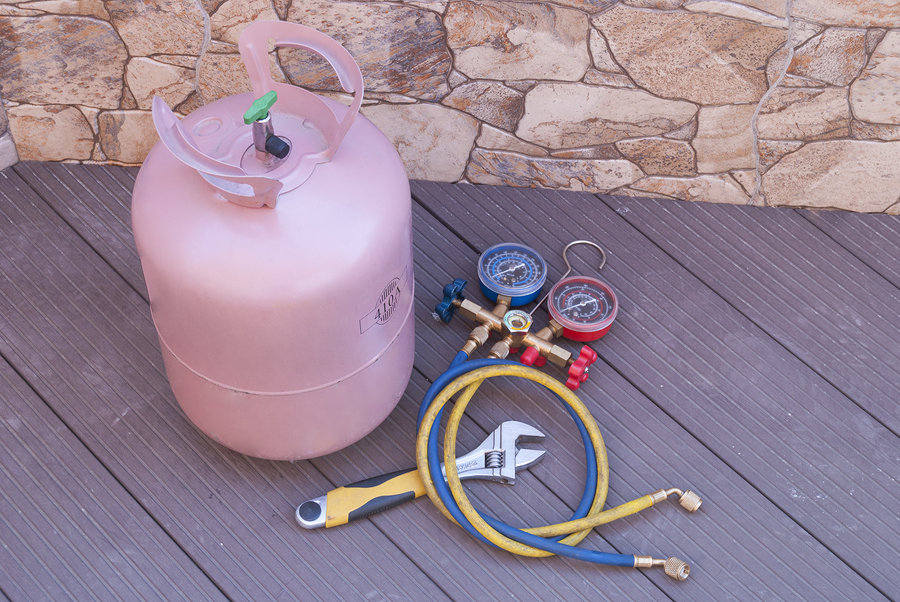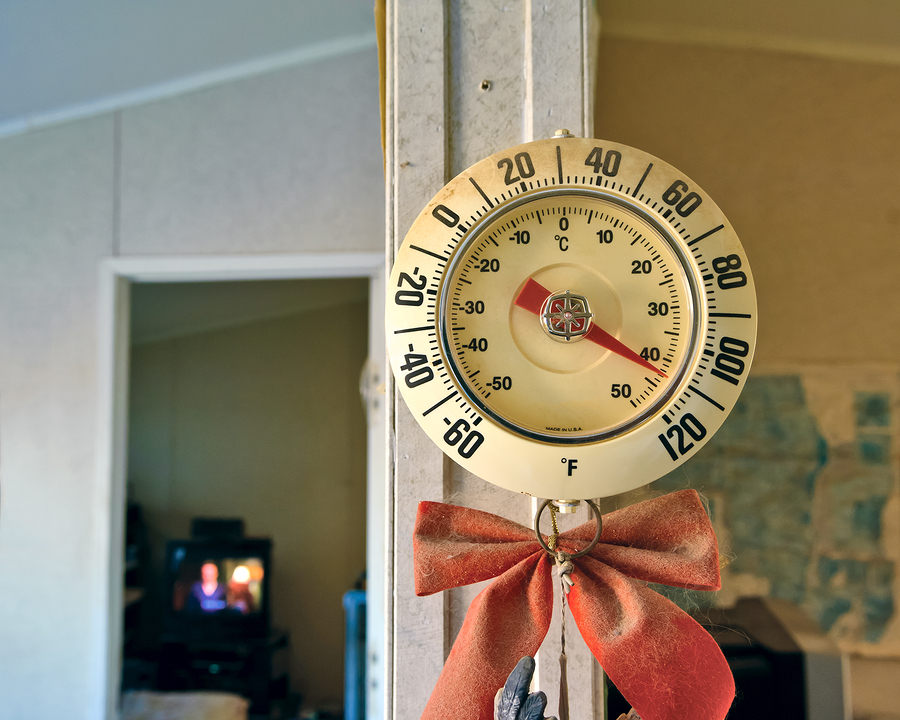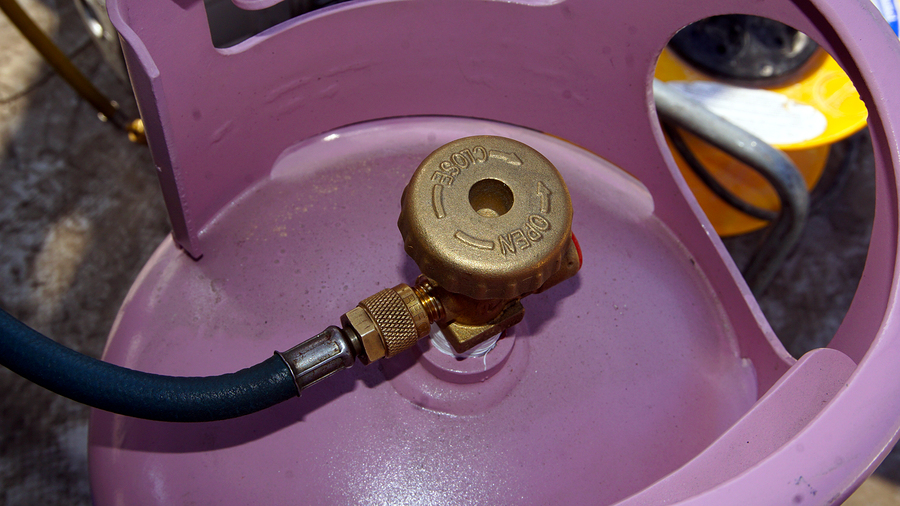How To Change Freon in Your Air Conditioner
Date: May 11, 2018
MAY 10, 2018
A working air conditioning unit is the greatest luxury you can have during the hottest months of the year. Unfortunately, air conditioners aren’t perfect and they’re prone to having the same kinds of problems as any other mechanical system.
Is your AC unit blowing hot air? You may need to add more Freon to the unit. If you’re not sure how to change Freon in your air conditioner, read on to learn step by step if you want to try doing it yourself.
HOW TO CHANGE FREON IN YOUR AC & WHEN TO CALL FOR HELP
Charging the Freon in your air conditioning system may not be the toughest process, but it’s not as simple as just dumping a chemical in your HVAC unit. You’ll need to understand what Freon does, how it works, and how to tell if your unit is low on Freon before you can start this process.
Once you understand the basics, you can move on actually adding the Freon — something that requires first figuring out if a lack of Freon is even your biggest problem.
WHAT DOES FREON DO?
Freon is the substance that helps your air conditioning unit keep temperatures low. Without going into extreme detail, the simple way of explaining how Freon works is that its heating and cooling process allows the gas to pull heat from within the cooling area.
Without Freon, your air conditioner can certainly move air around, but it can’t cool the air.
HOW CAN I TELL IF MY AC IS LOW ON FREON?
The process of determining whether you’re low on Freon is fairly easy. The first sign will be that your unit isn’t blowing cold air. While there are several other possible causes of this problem, it’s a good place to start. You should also check if the lines on your HVAC unit are frozen or if you see any leaks.
If you have a combination of these three problems, there’s a good chance you have some kind of Freon leak and that you’ll need to both repair that problem and recharge the unit with more Freon so you can get your AC back up and running.
STEP 1: BUY THE SUPPLIES
The first step in adding Freon to your AC is to buy the right type and additional supplies. Note that if your air conditioner requires R-22 Freon, it might be difficult to get. There’s less and less of it every year, as the U.S. completely cut off the supply as of 2020.
You can still get it from certain suppliers, but be aware that you may need to buy extra if you have an older AC. In addition to the Freon, you’ll need to get a repair kit, pressure gauges, and temperature gauges.
STEP 2: BASIC PROTECTION
Freon may not be the most dangerous chemical, but it’s still not something you want to expose yourself to unnecessarily. As such, you’ll want to have some basic protection during this process. It’s recommended that you have a face mask, goggles, and gloves for the job. Again, you probably won’t have to worry about much of the material, but it’s much better to be safe than sorry.
STEP 3: PREP THE SYSTEM
Your next goal should be to get the system ready for the recharging process. As one might expect, the first thing to do is cut the power to the system. While you’re almost certainly not going to do any significant repairs on your own, it’s important to make sure you don’t deal with any kind of live power to the system. Keep yourself safe by making sure there’s no power going to your AC before you move forward.
This is also the point where you’ll want to start testing for leaks. Your Freon repair kit should tell you exactly where to attach your gauge and what to do next. Remember, leaks are serious business and you should never try to recharge your unit if you think there’s a physical problem — this will only lead to further leaks, and ultimately more serious repairs.
If there’s any kind of physical leak, you’ll attach your repair kit to the AC’s compressor and follow the directions. This should seal any minor problems, though more serious issues will require professional help.
STEP 4: ADD FREON & TEST
Your next step is to add the Freon. Your Freon container will be attached directly to your AC, and you’ll be able to monitor the changes it makes by looking at your pressure and temperature gauges. Only add a bit at a time, keeping an eye on your gauges to make sure there are no odd after-effects. It’s important that you don’t add too much and that what you add doesn’t introduce any foreign substances into the mix.
Once you’ve added the Freon, you can start testing your system. You’ll want to let the AC run for about 15 to 20 minutes each time. If you don’t notice that the air is cool or if your instrumentation isn’t showing any changes, you may have a more serious problem. If nothing changes, you either haven’t added enough or you haven’t addressed the leak. If adding more doesn’t help, you’ll need to call a professional.
Adding Freon to an air conditioning unit is a good skill to learn if you’re a homeowner, but it won’t fix all your AC problems. It will, however, help you take care of at least one minor maintenance issue. If you find yourself having to do this too often or if adding Freon doesn’t help, you shouldn’t continue with the same processes.
It’s important that you know the difference between minor maintenance and a major problem, and that you know who to call in an AC emergency.
If adding Freon isn’t enough to cool your home, call Donley A/C & Plumbing. We’re available 24/7, ready to provide any AC maintenance or repairs you might need.



